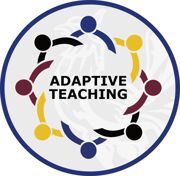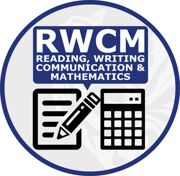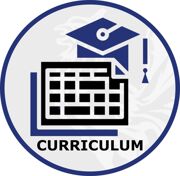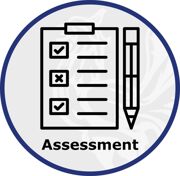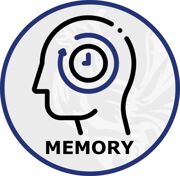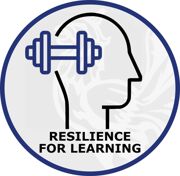- Home
- Key Information
- Teaching and Learning
Teaching and Learning
At Cockburn John Charles Academy, high-quality Teaching and Learning is the single most important thing that we do.
We believe all students can be exceptional and our teaching and learning strategy is underpinned by research so that it is impactful and powerful in the classroom. We have a clear set of principles which support the development of knowledge, skills and vocabulary alongside creative and imaginative thinking.
Teaching and Learning Priorities:
The five development areas are how we intend to develop pedagogy to reach our ambitious goals. The priorities require discussion and interpretation at all Leadership levels as to how individual schools, subjects and professionals will respond to the demands of learning in a Cockburn MAT secondary school.
|
Adaptive Teaching Focusing on the needs of students in order to personalise, adapt practice and ensure inclusivity to enhance progress, attainment and engagement. |
|
|
Reading, Writing, and Communication and Maths Building vocabulary so students are word rich and confident readers and speakers. Developing opportunities for students to be above national levels for literacy and numeracy. |
|
|
Curriculum and Assessment Offer a highly ambitious curriculum where knowledge is sequenced and mapped deliberately and coherently ensuring progression. Assessment strategies are effectively planned to offer regular practice so that students know more and remember.
|
|
|
Memory and Metacognition Students develop the ability to retain information over time. Strong memory and metacognition skills allow students to feel more confident in their learning, adjust their approach and efficiency in learning and actively perform better during assessments.
|
|
|
Resilience for Learning Students develop excellent learning behaviours. Building resilience so that they routinely tackle challenging work with confidence. Students are taught specific learning behaviours within lessons to equip them with the skills to successfully navigate their learning.
|
|
The Learning Cycle:
All lessons are designed and taught following The Learning Cycle to ensure that there is consistency across the academy and that our delivery of lessons enables content to be taught, practised, applied and remembered. The Learning Cycle diagram explains the key components we expect to see in lessons; Connect, Share Learning Outcomes, Guided Practice, Practice and Reflect. Lessons should be designed using this cycle and begin with connect to facilitate good learning and progress.
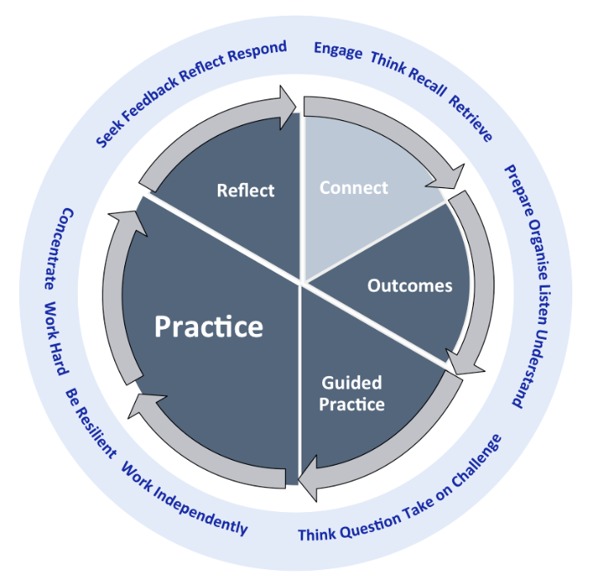
Curriculum Planning:
Long Term:
Long term planning should be exciting, challenging and provide a consistent experience for all students. Long term planning should be developed using the National Curriculum audit process as a benchmark for key knowledge and skills to be developed. High expectations of progress in learning should be built upon from year to year. Cross-curricular links should engage and complement skills/knowledge/themes employed elsewhere in the school.
Medium Term: Schemes of Learning
Medium term planning must be in place for all subjects taught and include: a clear sequence of objectives which build on prior learning, clear learning outcomes and assessment foci which link directly to frameworks/syllabus, literacy and numeracy content should also be detailed to support the development of RWCM skills alongside SMSC mapping.
Short Term: Lesson Planning
Lesson planning should follow the 5 part learning cycle based on accelerated learning. This should include: Connect Activity, Clear learning outcomes, Guided Practice, Deliberate Student Practice and a Reflection Opportunity. Teachers should plan clear strategies and pedagogy including methods of adaptive teaching, including how key cohorts of students will be supported. RWCM will be considered and developed, as well as the identification of intended learning and progress students will make during the lesson.
Strategic Seating plans:
Strategic seating plans establish an effective learning climate and promote behaviour for learning. Teachers should use attainment, attitude to learning, SEND, PP and EAL data, in conjunction with social grouping information to devise seating plans for classroom-based learning or grouping plans for practical subjects. It is effective practice to change the layout and seating plan regularly.
Homework:
Homework is set regularly and should encourage, extend or consolidate learning beyond the classroom including reading where possible. Homework supports the development of students independent learning skills in order to prepare them for life long learning. Students will be set homework in a variety of ways including paper and electronically based. Homework will focus on the development of reading, memory, recall and revision strategies and to foster independent learning skills.
Improvement Model for Teaching, Learning and Assessment:
At Cockburn John Charles Academy we strive for excellence in Teaching and Learning; we are committed to ensuring well-planned, challenging and innovative learning experiences for all students. Teachers’ expectation around learning is consistently high and as a result we are relentless in our drive to maximise progress for all students to achieve and thrive in future education or employment.
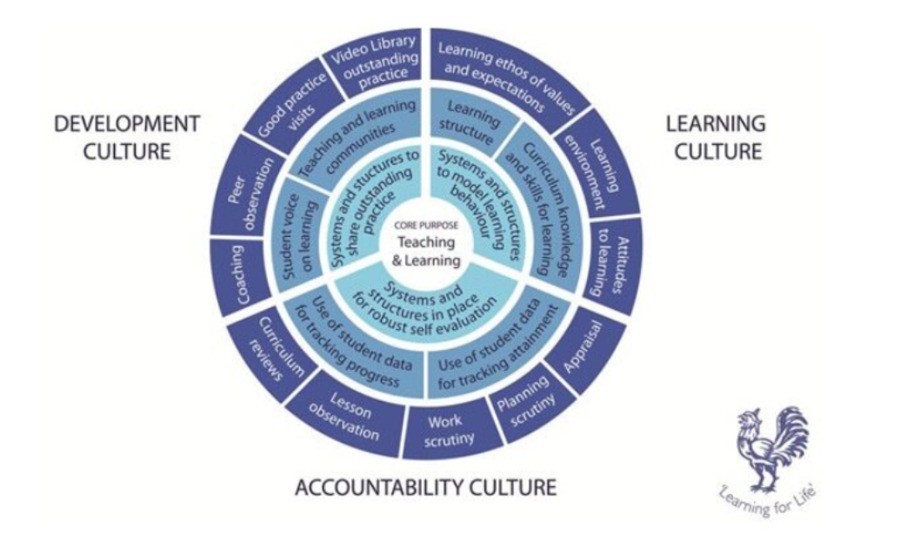
Improvement Model for Teaching, Learning and Assessment:
At [insert school] we strive for excellence in Teaching and Learning; we are committed to ensuring well-planned, challenging and innovative learning experiences for all students. Teachers’ expectation around learning is consistently high and as a result we are relentless in our drive to maximise progress for all students to achieve and thrive in future education or employment.
Our Teaching and Learning model focuses on three key areas: Learning Culture / Development Culture / Accountability Culture
Our Teaching and Learning Policy sets out clear guidelines for all staff in order to:
-
raise standards of teaching and learning
-
develop a consistent approach to lesson planning, structure and delivery
-
adopt a common teaching and learning vocabulary and understanding of the learning process.
